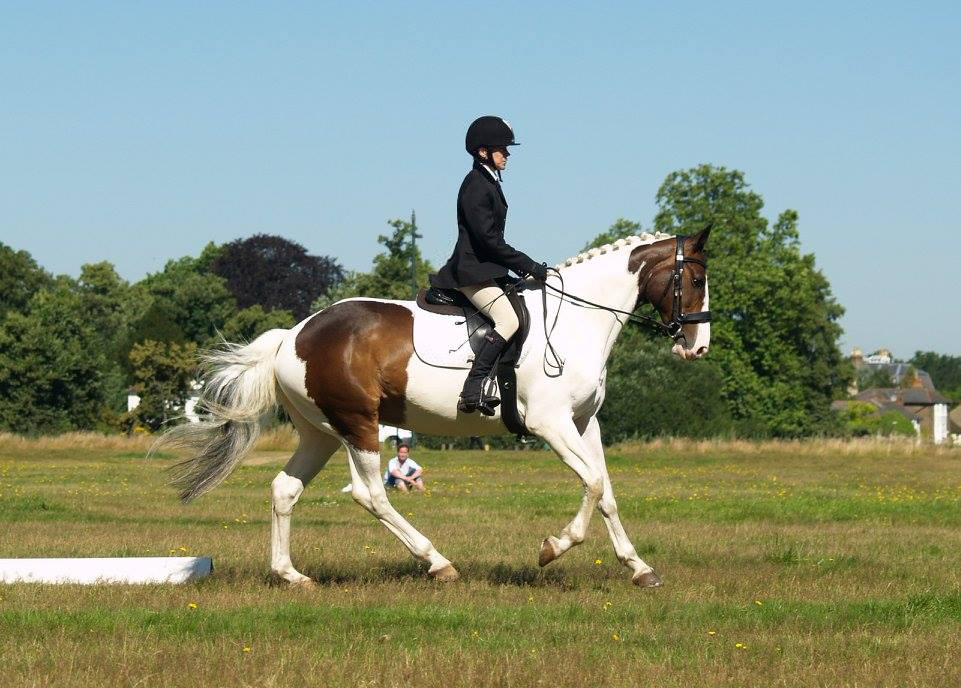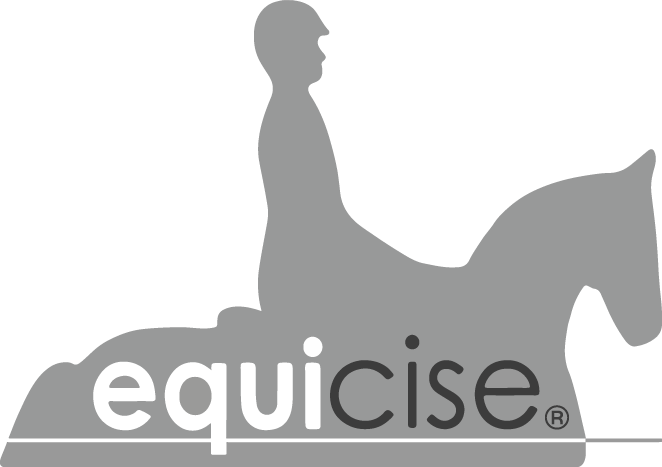02 Jun 19. Improving canter transitions

Last time we discussed the key elements in achieving smooth and effortless upward and downward transitions between the various paces. This time we will focus on canter transitions as many riders find these the hardest to perform well.
As we have discussed before, every horse is different, as is every horse/rider combination, but there are a number of key pitfalls that we should all seek to avoid, with lack of preparation being a very common one. As with all changes of pace, when you are asking for an upwards transition to canter, you must first to ensure that you have a good quality trot or walk, with forward energy, remembering that energy and speed are not synonymous. Trying to get a smooth canter transition from a runny trot is impossible as you need your horse to be engaging its back end.
As we explained last time, you start with an active trot and an inside flexion, increase the weight on your inside seat bone (try lifting the opposite hip to achieve the desired effect), move your outside leg just behind the girth and, after half halting (to communicate that something is about to happen), apply your inside leg on the girth.
Remember to stay centred in the saddle, resisting the temptation to tip forward or to lean back in an effort to push with your seat. Instead, think of lifting your horse’s barrel with your inside leg – this is only possible if you stretch your leg down which also helps keep you sitting deep in the saddle. If you draw up your inside leg (a common fault) when asking for canter, the tightened calf or thigh muscles will actually push your weight onto the outside seat bone, which is likely to result in your horse striking off on the wrong lead. Try to lift your thighs away from the saddle as you stretch down your leg and lift with your calf.
Balance is also important, as if you tip forward or lean to one or other side, your horse will mirror your movements and may consequently be prevented from giving you the canter lead you have asked for: for example, if you lean to the inside (instead of just increasing the weight on your inside seat bone), your horse also will lean to the inside and so will be unable to shift its weight onto its outside hind leg as it takes its first canter stride. Riding a few steps of leg yield before the canter transition can help the rider to learn the correct body position as well as the need for a firm outside rein, both of which will help enable the correct canter lead, while also encouraging your horse to engage its hind quarters and prepare for the upward transition.
Riders can block their horses if they are not sitting in a balanced position and able to apply their aids independently (remember, you need to develop a truly independent seat, thanks to strong core muscles, if you are to become the best rider you can be). Locked hips or gripping thighs will hinder your horse’s forward movement, while clamped legs or bracing yourself in the stirrups can also prove restrictive. Equally, if you do not give with your elbows, you risk preventing your horse from going into canter at the moment of strike off.
Another useful tip is to ensure you are looking up during any transition – remember how heavy a human head is (typically 4.5kgs to 5.0kgs, around 8% of your total body mass) and consider the impact that looking down will have on your horse’s balance. And remember to breathe – even breathing will help both you and your horse to stay relaxed and in rhythm.
The downward transition from canter to trot also often causes problems, but here too there are a number of useful hints that can help you to achieve a smoother transition. As with upwards transitions, preparation is key – ensure you have a good quality canter and remember that, perhaps counter-intuitively, you still need to keep both legs on to ensure the hind quarters remain engaged. You communicate your request for a downward transition to your horse first through a half halt to indicate something is about to happen, then by increasing the weight on both seat bones so you are no longer following your horse’s movement, while using your rein aids to check the forward momentum. Typical faults that accompany downward transitions from canter to trot include a lack of preparation, too strong rein or seat aids and leaning back instead of increasing the weight on the seat bones.
It is also helpful to remember that once you have applied a leg aid (in transitions or when asking for other movements) and the desired reaction has been achieved, you should remove the pressure, thereby rewarding your horse – a conversation, if you will. If you keep a constant pressure, whether from the leg or the rein aid, your horse will learn to switch off and ignore you.
Learning to achieve a well executed canter transition takes time: those lucky enough to be able to practise on a well-trained schoolmaster will soon realise whether or not they are giving the correct aids. Practising on the EQUICISE is an excellent alternative, as it will give the response you are looking for if – and only if – you apply the correct aids.
It also provides a very accurate feeling of each pace as it moves both laterally and vertically and will allow you to see if you can maintain your position in medium trot — a rather challenging pace from which to achieve a canter transition. You can also practise riding upward and downward canter transitions without stirrups, something that you might not always feel safe attempting on a real horse. Unlike a real horse, the EQUICISE is unforgiving and will not give you a canter transition unless you apply an absolutely accurate leg aid, so it will help you to learn the correct leg position. Feedback from the EQUICISE’s rein sensors also allow you to monitor whether your hands are following the horse’s movements, another important factor in canter transitions. The simulator’s rein sensors are connected to its mouth and measure tension through each rein independently, helping you to achieve a soft, balanced contact which will not interfere with the transition. You can practise canter transitions as many times as you like and the EQUICISE will never protest! Once you have mastered canter transitions, muscle memory will ensure that you can perform them just as effectively on a real horse.
Book a LESSON on the EQUICISE and improve your canter transitions.
PRACTISE THIS ON THE SIMULATOR
On Instruction screen, perform transitions from trot to canter and vice versa several times, checking your posture on the mirrors and your seat weight on the screen. If your legs are not precisely on the first and third sensors, the horse won't perform the upwards transitions correctly. Soft steady hands and coordinated steady legs are key!




